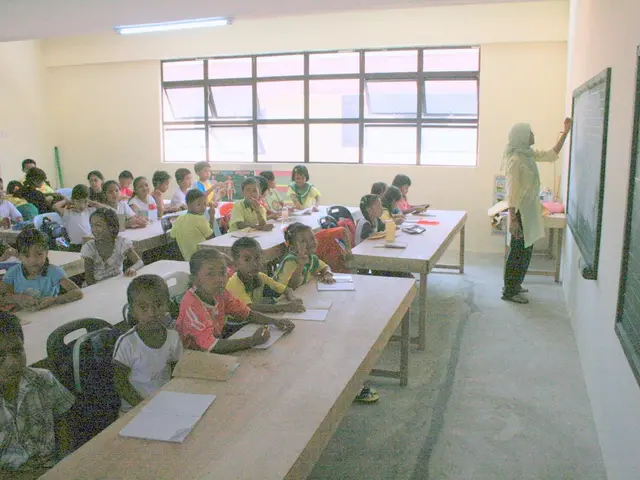Investigating Workforce Disparities Based on Gender
In the modern world, gender-based inequalities in the workplace remain a significant challenge, stemming from a complex interplay of historical, cultural, and policy factors. Addressing these disparities requires understanding their roots and implementing targeted strategies.
Historically, women faced legal and social restrictions that limited their participation in the workforce. For instance, in earlier U.S. history, women needed male representation to conduct business. Women entered the workforce around the Civil War, but faced systemic pay biases and were often relegated to lower-ranking positions with limited mobility, a phenomenon later termed the “glass ceiling.” The modern women’s rights movement began addressing employment discrimination in the mid-20th century, culminating in increased job access and anti-discrimination measures.
Cultural norms have traditionally assigned women to caregiving and home-making roles, affecting perceptions of women’s competence and suitability for leadership or high-status jobs. This is reflected in persistent discriminatory promotion practices despite non-discriminatory policies on paper. Internal divisions within feminist groups over priorities such as the Equal Rights Amendment, reproductive rights, and protective labor laws reveal tensions in cultural attitudes toward women’s roles, influencing broader societal acceptance and policy progress.
Policy factors have also played a significant role in shaping gender inequalities. Key advances such as the 1965 Equal Employment Opportunity Commission backing, 1972 Title IX prohibiting sex discrimination in federally funded education, and laws barring firing pregnant women marked progress. However, failure to fully ratify measures like ERA and inconsistencies in enforcement have limited the elimination of workplace inequalities.
To address these persistent inequalities, several strategies have been proposed. Strengthening and enforcing anti-discrimination laws, implementing supportive family policies, promoting educational and training equity, combating cultural stereotypes through awareness, encouraging female political and leadership representation, and supporting intersectional approaches are all crucial.
Educational systems should embed principles of equality to ensure that curricula and teaching practices support, rather than hinder, gender equity. Disparities in education quality and access still exist globally, influencing gender gaps in labor market outcomes, especially in vocational training and STEM education. Childcare support is crucial for women's equal participation in the labor force, as affordable and accessible childcare helps prevent the choice between career and childcare responsibilities.
The concept of intersectionality necessitates tailored strategies to address the specific barriers faced by diverse groups, including targeted initiatives in recruitment, retention, and promotion that consider various intersections of identity. Unconscious bias affects the way that work, success, and failure are perceived across gender lines, influencing performance evaluations and promotional opportunities.
By combining legal reforms, cultural change efforts, and supportive policies addressing both workplace practices and broader societal roles, persistent gender inequalities can be systematically reduced. Historical lessons underscore that progress requires sustained commitment across all these dimensions.
- The government's enforcement of anti-discrimination laws and the implementation of supportive family policies in the education and self-development sectors could help bridge the gender gap in the labor market, considering the historical and cultural factors that have contributed to women's limited participation and advancement.
- To revolutionize the labor market, governments and educational institutions should combat cultural stereotypes through awareness programs and promote educational and training equity, ensuring that curricula and teaching practices support gender equality, while also considering the intersectional approaches needed to address the specific barriers faced by diverse groups.




